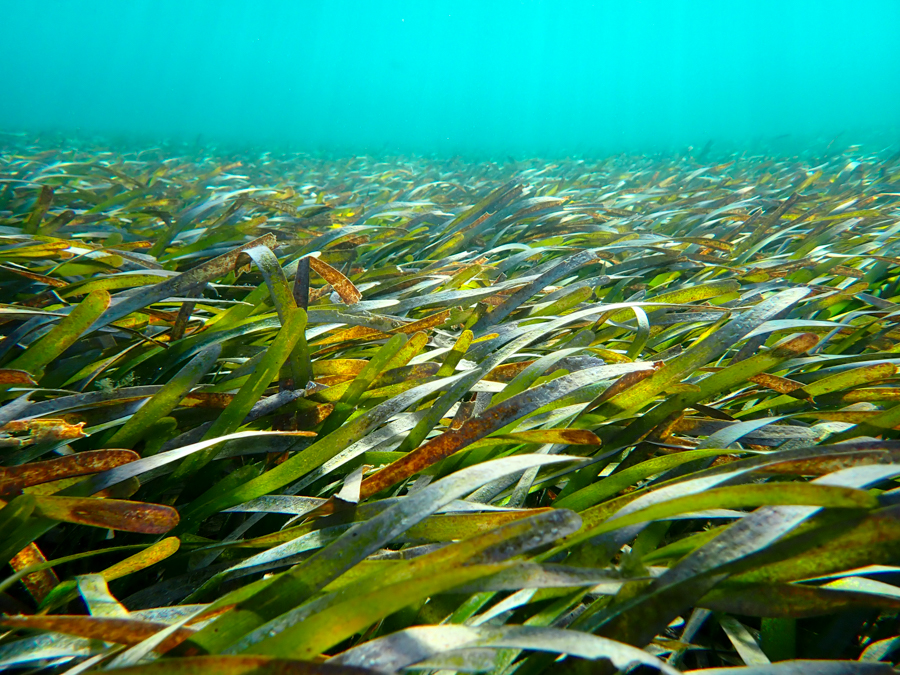The genus Acropora includes the most diverse and abundant corals found on Indo-Pacific reefs, with different species displaying a baffling number of growth forms and color varieties. With over 150 species known to science, these corals often out compete all other corals, especially in clear water. Their success is partially due to a fast growth rate (6-15 cm or more per year), ability to spread and recolonize from fragments (and recover quickly following storms), and prolific annual broadcast spawning events. They often form high-relief forests – or thickets- than can extend over hundreds of meters of shallow reef habitat.
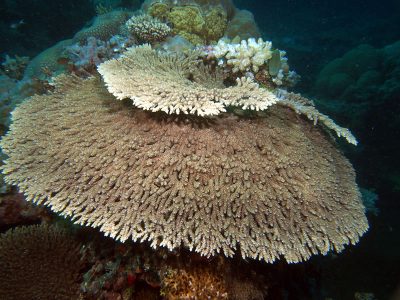
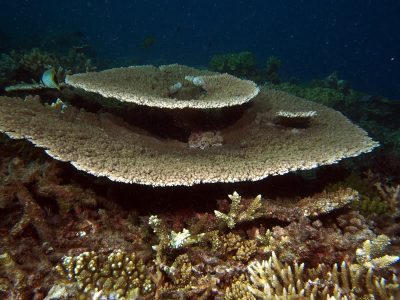
A small table coral, Acropora hyacinthus, and a larger one with two canopy layers.
(Click thru on images for more detail.)
Like other corals, they are susceptible to numerous stressors. They are frequently smashed by storm waves, are particularly susceptible to predation by crown of thorns sea stars and Drupella snails, and are affected by several diseases such as white syndrome and brown band disease.
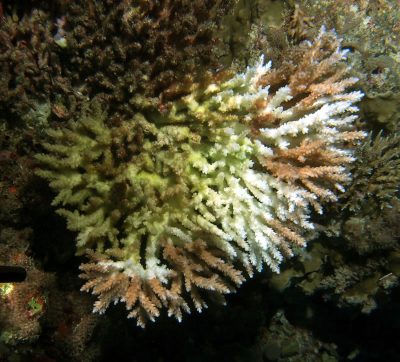
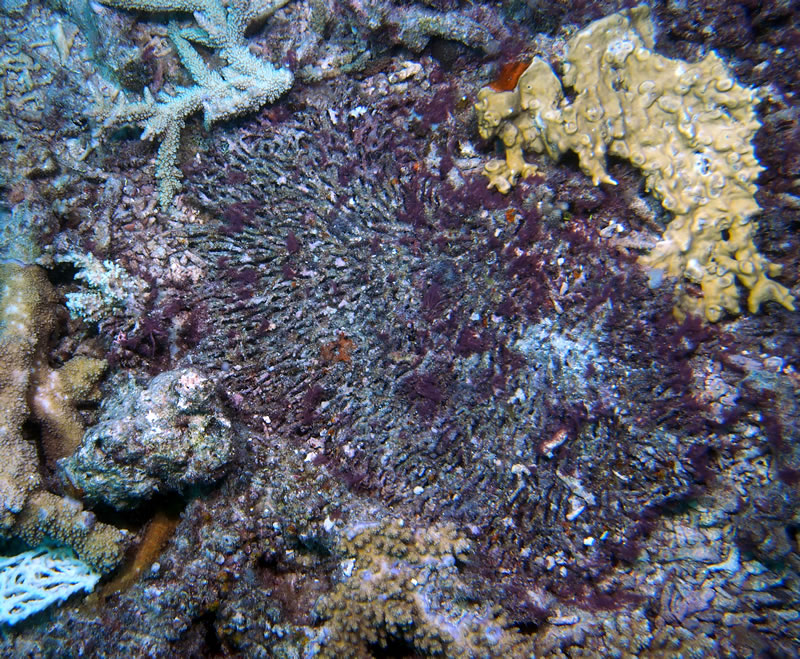
Small table acroporids with a coral disease. (Left) / Dead table acroporids that was detached during a storm. (Right)
(Click thru on images for more detail.)
When a colony dies, its skeleton goes through as number of successional changes, starting with diatoms and filamentous algae, and eventually providing substrate for the settlement of new corals. We often see dead thickets of staghorn coral and table acroporids in growth position, and these can support dozens of new corals. In some cases we’ve even found table acroporids that settled on top of a dead acroporids. Coral reefs are a mix of live and dead corals, and when one colony is lost, it is usually quickly replaced by another.
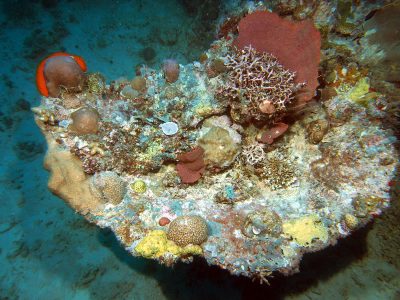
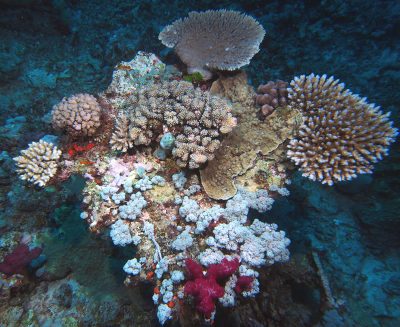
Dead table acroporids in growth position with small massive corals (Astreopora, Porites, and favia) and branching corals (Acropora and Seriatopora) (Left) / A long dead table acroporid colonized by two table acroporids, Pocillopora, Montipora, branching Acropora and several soft corals. (Right)
(Click thru on images for more detail.)
Photos by Andrew Bruckner.


